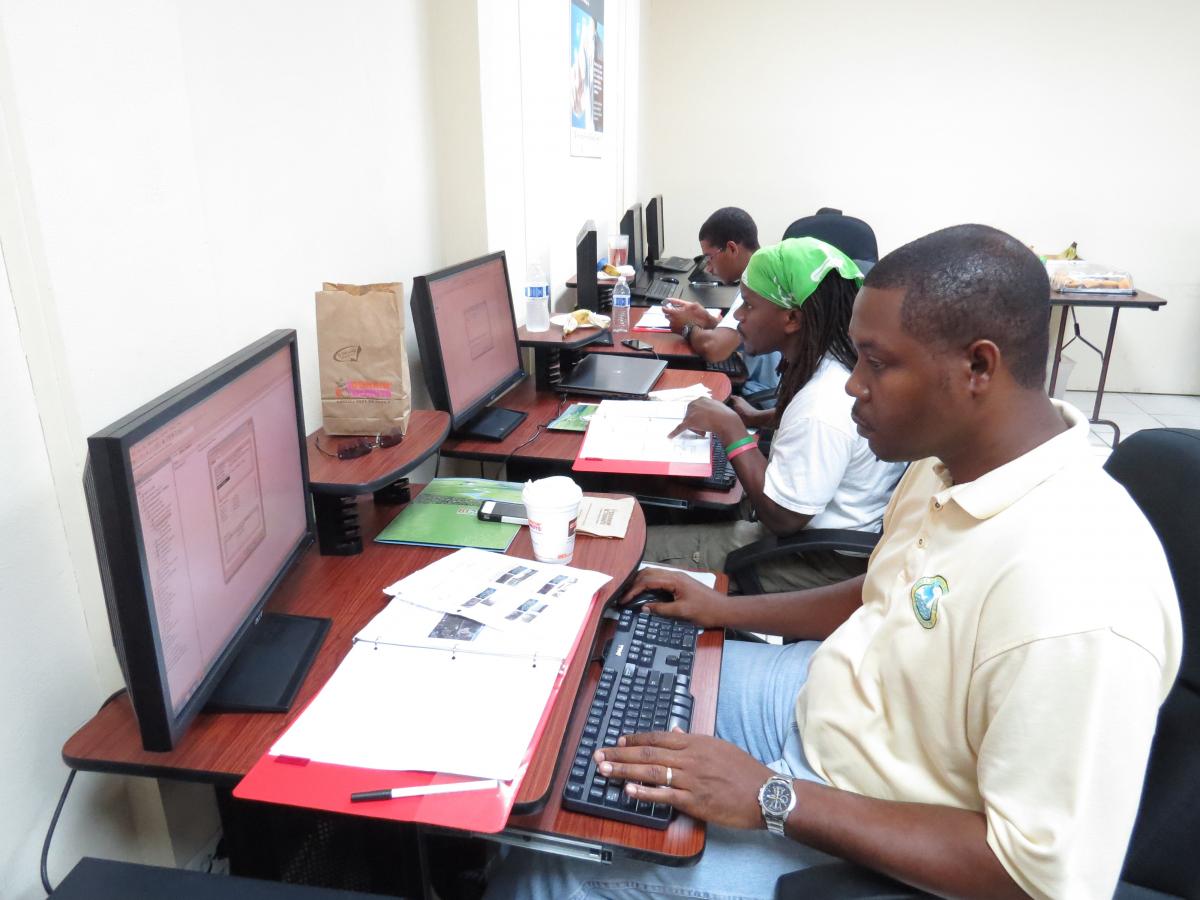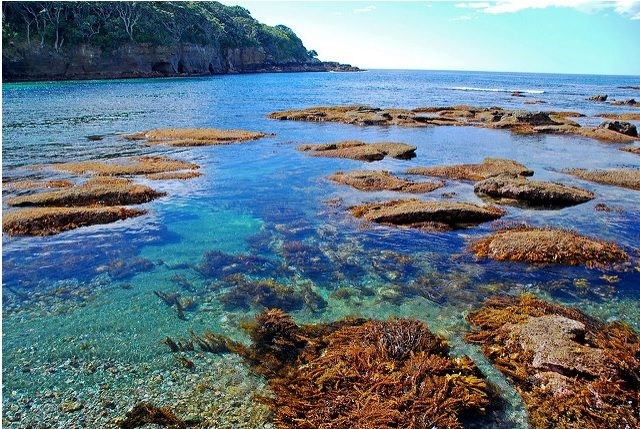Build it and they will come: An Open Data Fallacy?
 Part of the vision of the Caribbean Gateway includes the sharing and openness of data that leads to the sustainable development of the Caribbean’s protected areas. One of the first steps to achieving this vision was to get data custodians on board. During the many interactions with the various boundary partners (i.e. key stakeholders whose behaviors we aim to influence positively), there were a few recurring responses giving reasons why they are not willing to share data. One reason was that it was the first time hearing about the Gateway, and that’s understandable. They needed to ensure that the initiative is legit. So we moved along setting up meetings via Skype and phone calls to properly explain the purpose of the Gateway.
Part of the vision of the Caribbean Gateway includes the sharing and openness of data that leads to the sustainable development of the Caribbean’s protected areas. One of the first steps to achieving this vision was to get data custodians on board. During the many interactions with the various boundary partners (i.e. key stakeholders whose behaviors we aim to influence positively), there were a few recurring responses giving reasons why they are not willing to share data. One reason was that it was the first time hearing about the Gateway, and that’s understandable. They needed to ensure that the initiative is legit. So we moved along setting up meetings via Skype and phone calls to properly explain the purpose of the Gateway.
The in tent was that by the end of this meeting they would fully understand the purpose of the Gateway and would be literally willing to hand over data on a “silver platter” as they suddenly converted to pro-open data. Sadly, not all were willing to do so, but the majority of boundary partners who had data in their possession responded positively to the prospect of open data and were willing to assist. Some even made recommendations to help improve the Gateway by suggesting types of data that might be useful to decision making in and around PAs.
tent was that by the end of this meeting they would fully understand the purpose of the Gateway and would be literally willing to hand over data on a “silver platter” as they suddenly converted to pro-open data. Sadly, not all were willing to do so, but the majority of boundary partners who had data in their possession responded positively to the prospect of open data and were willing to assist. Some even made recommendations to help improve the Gateway by suggesting types of data that might be useful to decision making in and around PAs.
So we are finally on track to getting data from various groups that we consider boundary partners. But it now seems like getting them on board was just the beginning. They are willing to provide data, but they just don’t have much data to offer. Most of the data custodians, especially the PA administrators, highlighted challenges that limit the type and quality of data in their possession. These include:
- Inadequate human resources to deal with data collection- Non-profit organizations complain about limited human resources that have hindered their ability to collect required data. Limited staff means that limited quantity and quality data will be collected.
- Funding for data collection is limited- There is a cost to data collection. If there are not enough volunteers, then persons have to be paid to gather the necessary information. Depending on the cost of data collection, organizations gather information that is not nearly enough to make any informed decisions
- Relatively new to open data - Others actually are not aware of the benefits of open data so have never considered making data collected open or even publishing the data.
These challenges, however, create opportunities for increased awareness-building, advocacy and demonstration that opening and sharing data can actually mitigate some of the challenges of limited resources, with the ultimate goal of changing attitudes and behaviors towards open data. Most of the interactions with data custodians were either through telephone calls or Skype calls. With respect to the lack of human resources and funding, partners were advised to seek voluntary assistance from higher learning academic institutions to help collect data. Most of these schools make it mandatory that students engage in community development to be eligible for graduation. So in this case everybody wins. The students volunteer their services and are given approval for graduation, and the boundary partner receives data collection services and also data at no charge. A crash course was also given to partners to discuss the concept of open data, its benefits and various open data licensing agreements.
Now that we have addressed many of the issues that boundary partners face with sharing data, we can now look forward to the actual uploading of data to the Gateway. But let’s take a step back for a minute here and consider this: what if all that data is uploaded and no one makes use of it? A total waste right? I agree that this would be a complete wasted effort and worse, make it difficult to convince boundary partners of the merit and value of open data for future or sustained initiatives! We therefore need to ensure that the Gateway has data that will be used by those involved such as policy makers and researchers. After much discussion with boundary partners there is a better understanding of what type of data is most beneficial. That has made choosing datasets a bit easier.
Attaching an open license agreement also makes users feel more comfortable. We have all been there, when we want data but we are given a form to complete asking for all sorts of questions that is considered unnecessary and then we decide “nah”, we will find some other way to get the information. We will also be creating, through this initiative, visualizations that demonstrate the power of integrating data of various types from multiple sources to create compelling narratives and enhance understanding of our Protected Areas and their socio-economic contexts.

Just as importantly, the Caribbean Gateway and open data have to be made discoverable by the average person that we want to reach, to influence, through the use of social media (Facebook, Twitter, Instagram). But I am not talking about only creating a page and waiting for persons to happen along and find this page by accident, like it, and never to return. I am thinking about innovative options such as Thunderclap. This is basically a tool that allows your message to be heard when you and your friends broadcast a message at the same time. Think of it like this: if the Gateway has 500 friends combined between Facebook, Twitter and Instagram, they will all share the message at the same time, kind of like a flash mob, but online. This on its own can generate endless traffic.
Many Open Data initiatives fall prey to the fallacy of “Build it and they will come” by focusing only on supply-side engagements, and publishing data that is not informed by real user needs or interest. By actively considering the needs of PA administrators, policy makers and researchers and creating visual tools to increase data accessibility and understanding, we hope to mitigate this fallacy to make way for our vision of a new “Open Data Reality” where the sharing and openness of data contributes to the sustainable development of the Caribbean’s protected areas.
Dionne Carbon is a Research Assistant with the Centre for Resource Management and Environmental Studies (CERMES), Cave Hill, UWI.
